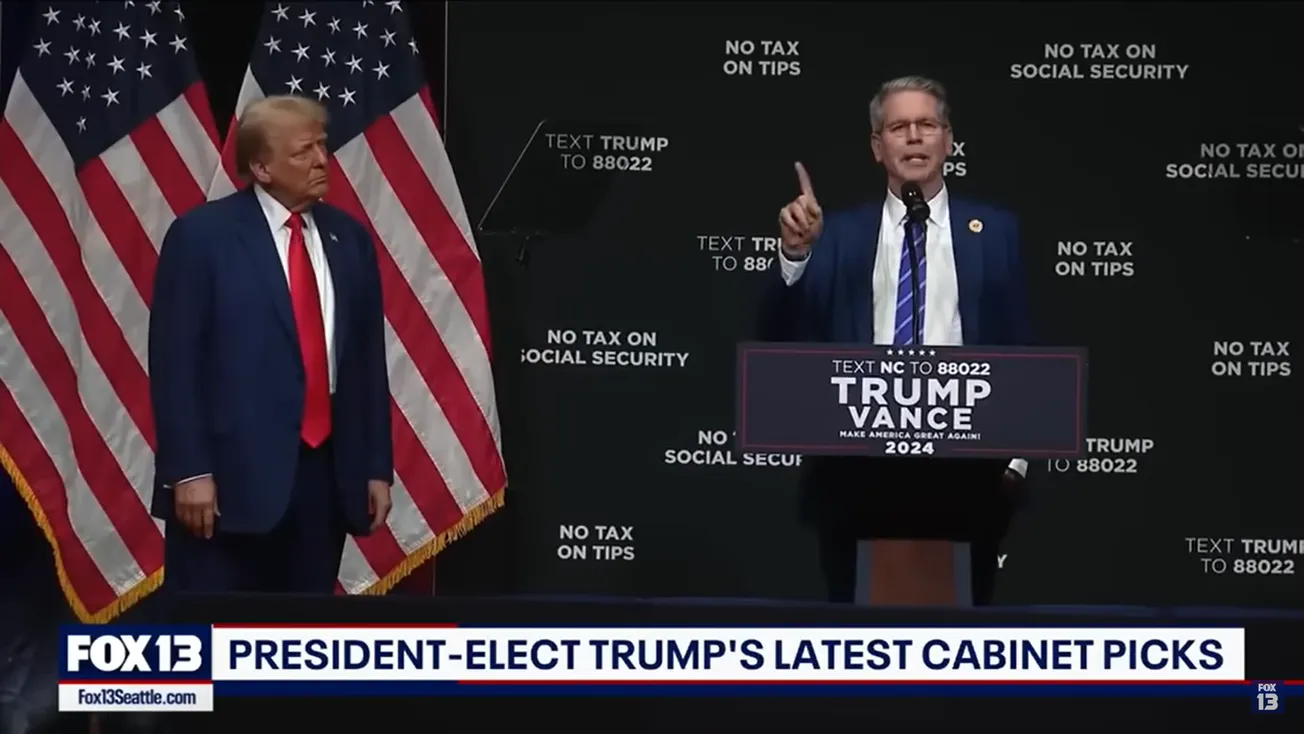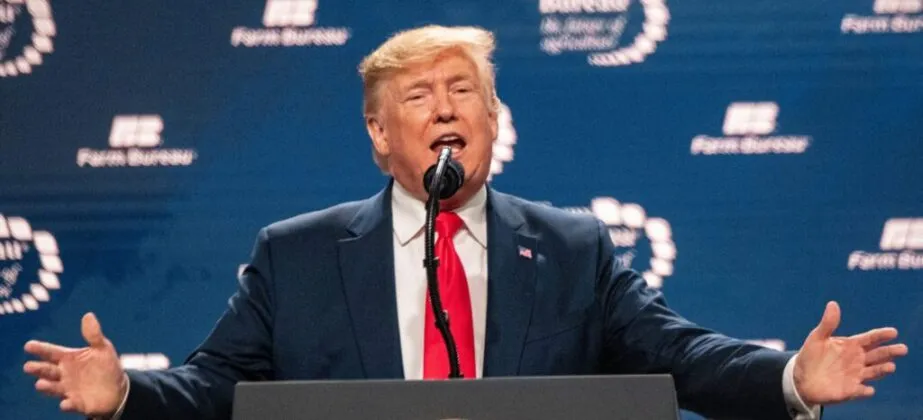In a letter to Congress dated Jan. 26, Gen. Anthony Cotton, commander of U.S. Strategic Command, wrote: “The number of land-based fixed and mobile ICBM launchers in China exceeds the number of ICBM launchers in the United States.” This was preceded by two sentences reporting that the number of missiles and warheads in China does not exceed those in the United States, but it was that third sentence that set the alarm bells ringing.
“China is rapidly approaching parity with the United States,” House Armed Services Committee chairman Rep. Mike Rogers stated, according to the Wall Street Journal, without daring to correct the obvious misrepresentation by Rogers. “We cannot allow that to happen. The time for us to adjust our force posture and increase capabilities to meet this threat is now.” Rogers said that limits on long-range forces set by a treaty between the U.S. and Russia, known as New START, are inhibiting the U.S. from building up its arsenal to deter Russia and China. That accord, which China isn’t party to, is set to expire in 2026. This same logic was the underlying justification for the U.S. withdrawal from the INF Treaty in 2019, that the U.S. needed to be able to deploy missiles prohibited by the treaty against China.
Rogers, along with Senate Armed Services ranking member Roger Wicker (R-MS.), Rep. Doug Lamborn (R-CO) and Sen. Deb Fischer (R-NE), issued a joint statement claiming that “It is not an understatement to say that the Chinese nuclear modernization program is advancing faster than most believed possible. We have no time to waste in adjusting our nuclear force posture to deter both Russia and China,” the lawmakers said. “This will have to mean higher numbers and new capabilities.”








